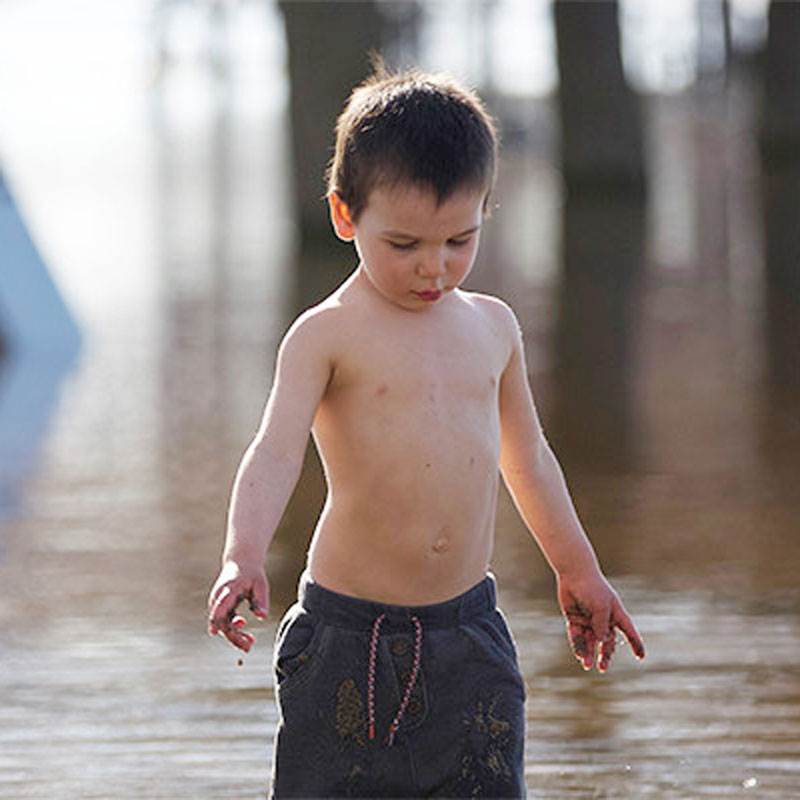The President’s Task Force on Environmental Health Risks and Safety Risks to Children is the focal point for coordinating federal government efforts to explore, understand, and act together to improve children’s environmental health and safety.
Learn More Aboutthe Task Force

-
Featured Activities

On February 13, 2025, President Trump issued Executive Order (EO) 14212: Establishing the President’s Make America Healthy Again Commission, to improve the health of Americans, particularly children.
-
Featured Resources

Wildfires can impact populations, including children, in many ways. Understanding the risks and health effects of wildfires, having up-to-date status of wildfire exposure and air quality, and outlining actions that can help to decrease the impact of these events can help families and communities protect their health. The Subcommittee on Climate, Emergencies, and Disasters of the President’s Task Force on Environmental Health Risks and Safety Risks to Children has compiled this list of publicly available wildfire and health resources to assist families and communities in protecting children’s health during and after such events.

Focus Areas

Chemical Exposures
The Task Force promotes understanding and predicting disease and disabilities in children across their life stages that result from exposure to chemicals and metals, including pesticides, manufacturing ingredients, lead, and others, is a focus of the Task Force.

Children in Emergencies and Disasters
The Task Force seeks to empower federal partners to collectively address gaps in health research and protection of children that arises from their exposure to public health emergencies and disasters.

Lead Exposures
The Task Force coordinates interagency efforts to better understand and prevent disease and disabilities in children from lead, including development of a new federal lead strategy.
